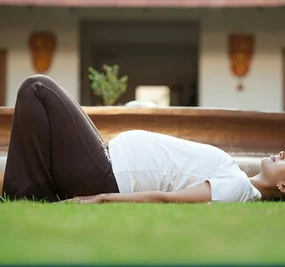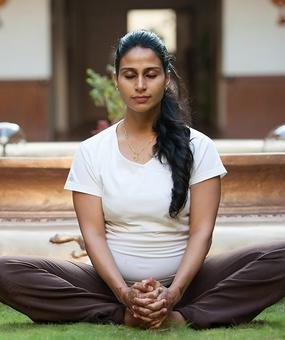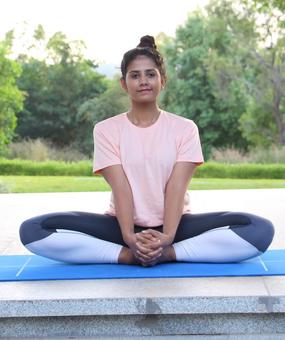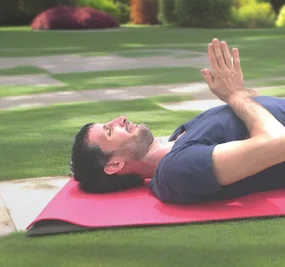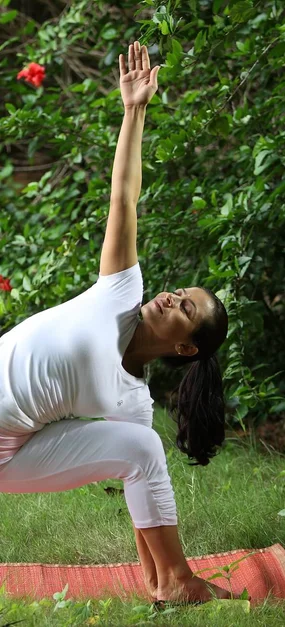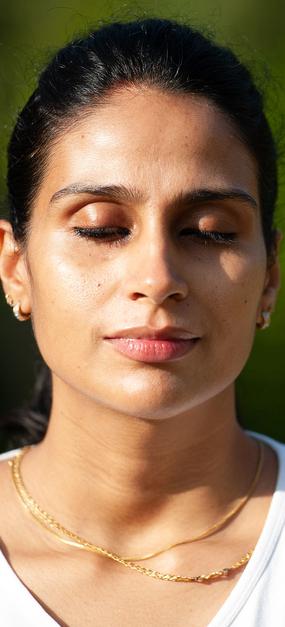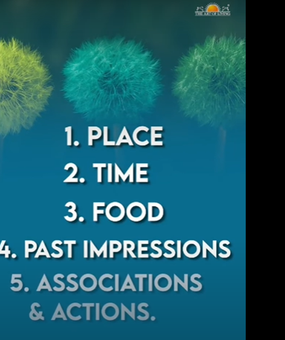Kona =Angle; Asana = Pose/Posture
(This posture is Pronounced as:konah-sanah)
How to do Konasana (Angle Pose)
- Stand straight with feet about hip width distance apart and arms alongside the body.
- Breathe in and raise the left arm up so that the fingers point towards the ceiling.
- Breathe out and bend to the right, first from the spine, and then move your pelvis to the left and bend a little more. Keep your left arm pointing up.
- Turn your head to look up at the left palm. Straighten
the elbows. - Breathing in, straighten your body back up.
- Breathing out, bring the left arm down.
- Repeat with the right arm.
Sideways bending with one arm
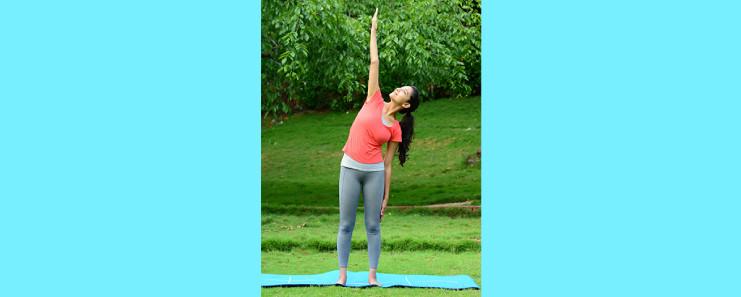
Benefits of Konasana (Angle Pose)
- It helps stretch the sides of the body and the spine.
- Helps in toning of arms,legs,and abdominal organs.
- Helpful in relieving back pain.
- Increases the flexibility of the spine.
- Helps those who are suffering from constipation.
- Helpful for people suffering from sciatica.
Contraindications
- People suffering from severe back ache or spondylitis should avoid this pose.
FAQ’s on Konasana (Angle Pose)
Follow the sequence: Stand straight with one feet distance apart and arms alongside the body. Breathe in and raise the left arm so that the fingers point towards the sky. Breathe out and bend to the right, first from the spine, and then move your pelvis to the left. Bend a little more. Keep your left arm pointing up. Turn your head to look up at the left palm. Straighten the elbows. Breathing in, straighten your body back up. Breathing out, bring the left arm down. Repeat with the right arm.
People suffering from severe backache or spondylitis should avoid the konasana pose.
Math is an integral part of our daily life. Angles have a role in yogasana. A few examples showing the concept of angles used in yogasana are – Utthita Vasisthasana – Four Opposite angles add to 360 degrees Parshva Upavistha Konasana – Your upper body being the center, makes two angles of 90 degrees each. A total of 180 degrees.
Bound angle pose stretches your inner thighs, groins and knees, improving flexibility in the groin and hip region.




